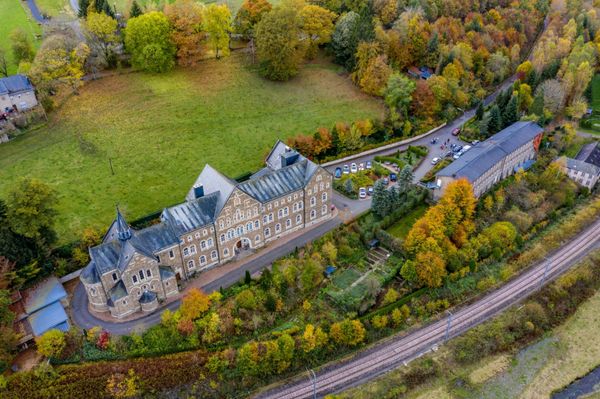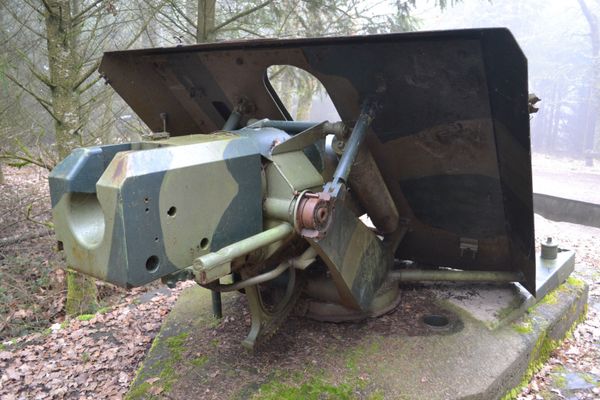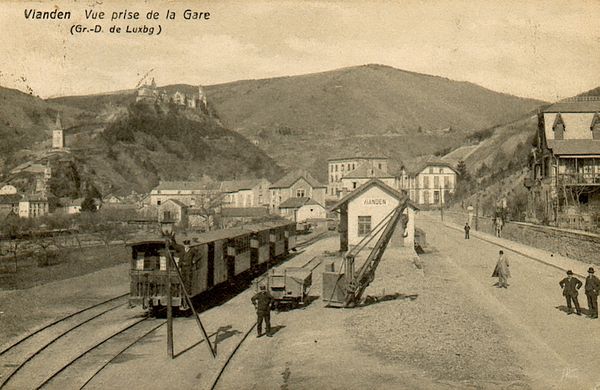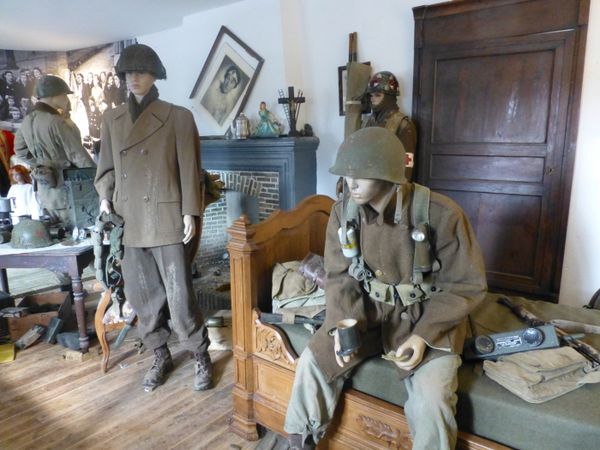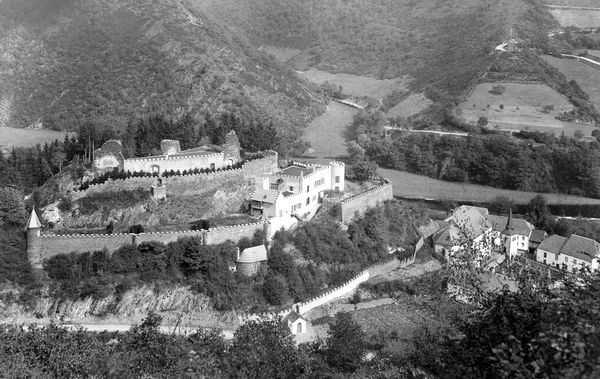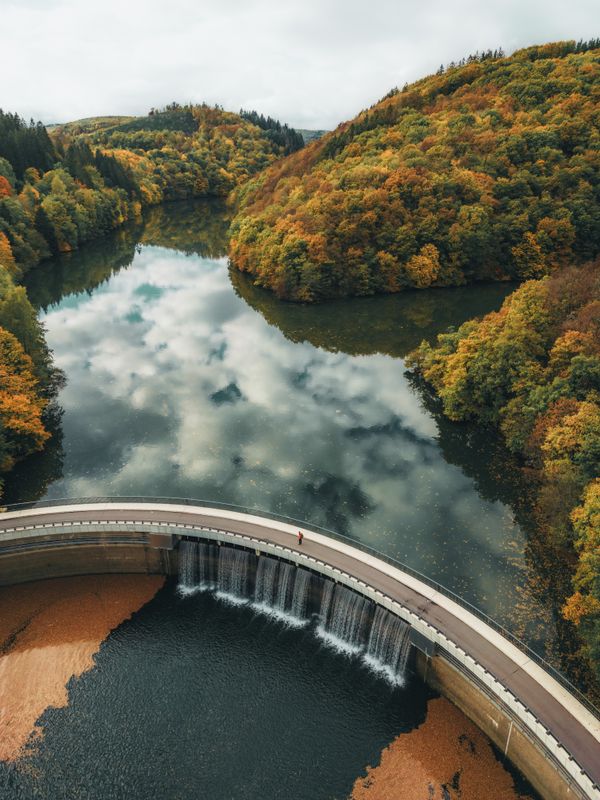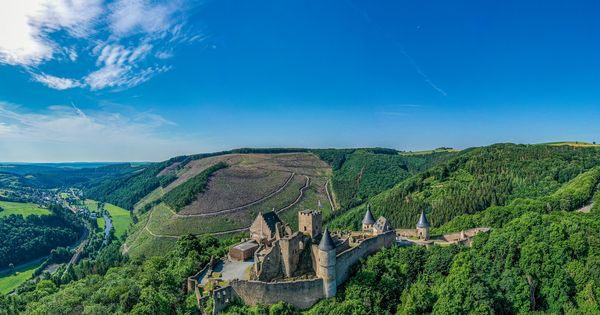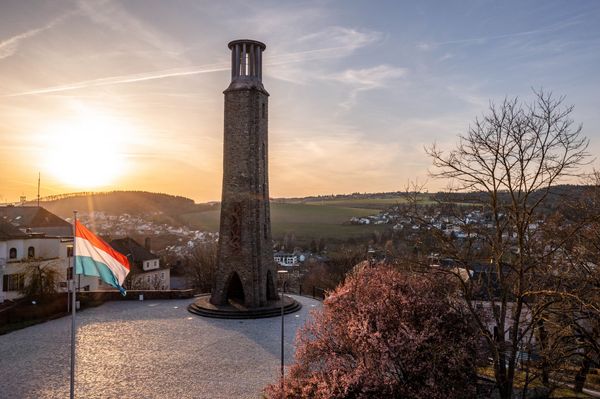
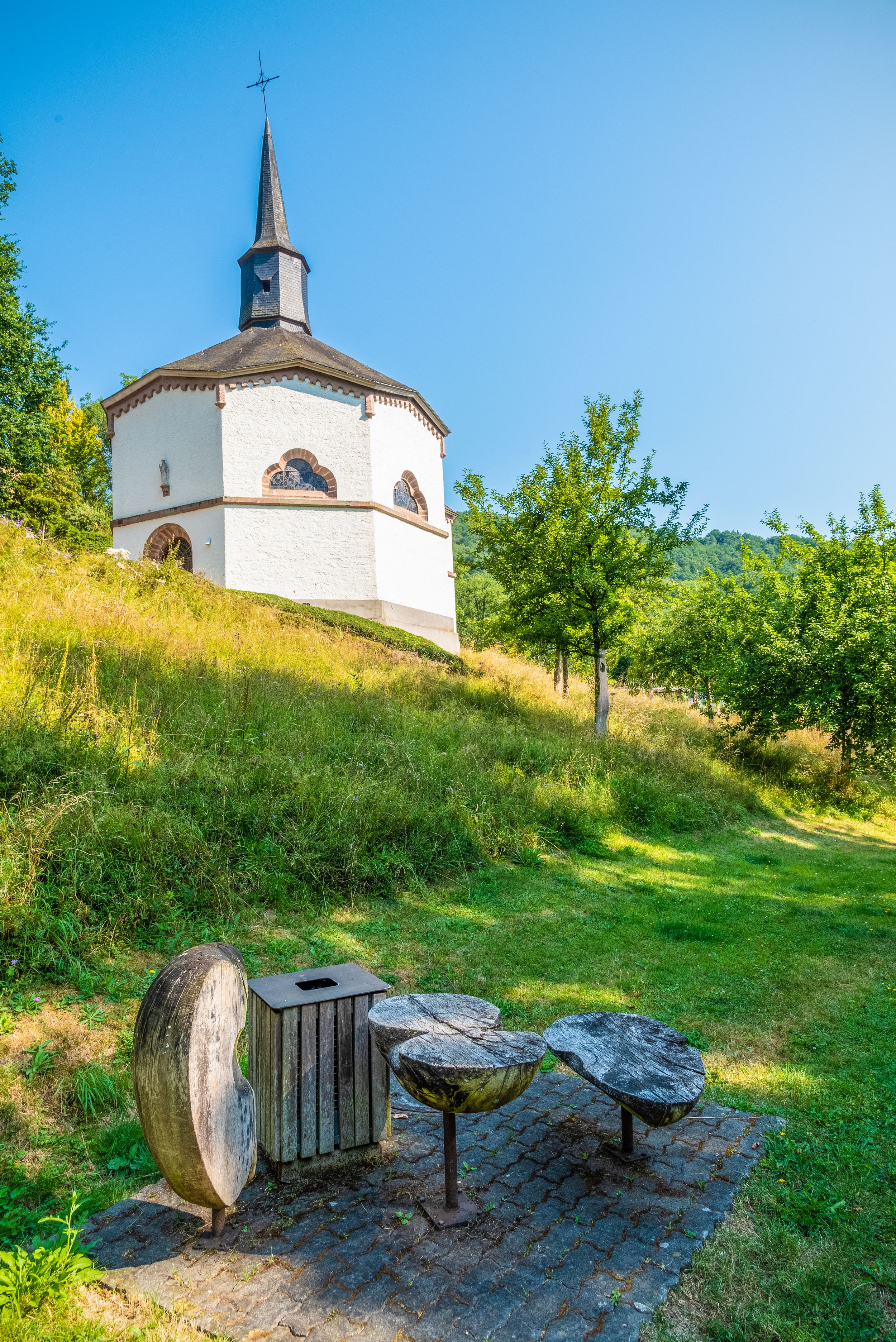
© Visit Éislek
St. Cunegonde Chapel
Where? Heiderscheidergrund
The St. Cunegonde Chapel in Heiderscheidergrund, a noteworthy example of 19th-century ecclesiastical historicist architecture in Luxembourg, features a neo-Gothic design, late Gothic sculptures, 18th-century statues, and glass paintings, embodying the country's historical and national consciousness as the oldest Kunigundis shrine.
Nestled in Heiderscheidergrund, the St. Cunegonde Chapel stands as a captivating testament to 19th-century ecclesiastical historicist architecture in Luxembourg, earning its designation as a listed building since 1991. Constructed between 1849 and 1852 under challenging financial circumstances, this small neo-Gothic chapel showcases a distinctive tent-like roof on an octagonal ground plan, a design influenced by the compact building site above the valley. Inside, the chapel reveals a harmonious blend of architectural styles, with two round pillars supporting the neo-Gothic vault. Notably, the neo-Gothic high altar, dedicated to St. Cunegonde, was added in 1904, while artistically valuable late Gothic statues of St. Celsus and St. Cunegonde, believed to originate from around 1550, grace the interior.
The chapel also houses statues from the 18th century, introduced in 1984, depicting St. Anthony the Hermit and St. Catherine of Alexandria, originating from the Chapel of the Holy Cross in EschsurSûrer. Glass paintings, created around 1924 by the Linster brothers from Mondorf, adorn the chapel, depicting saints such as Joseph, St. Margaret of Cortona, etc. The chancel end wall pays homage to St. Cunegonde, the patron saint, with a stone statue sculpted by Emile Hulten in 1967.

